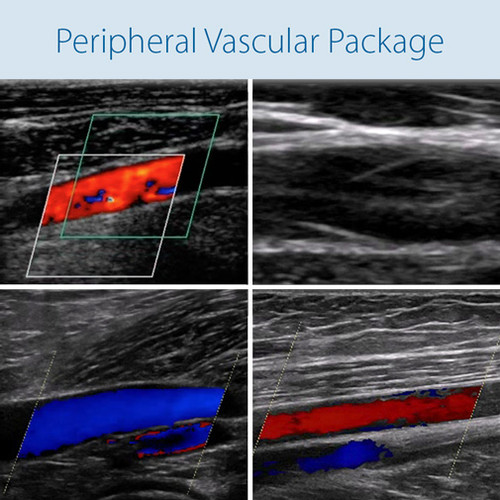Learning to obtain ultrasound-guided venous access on difficult-stick patients can initially be quite time-consuming, but with improved proficiency, it will expedite vascular access. With time, one gets a real sense of exactly where the needle is going to appear on the screen based on the initial depth and approach. The Peripheral Venous Access: Ultrasound-Guided Procedure Module begins by presenting the advantages of ultrasound-guided peripheral venous access, supporting literature, and a couple case studies. Then, regional anatomy of deep and superficial veins of the upper and lower arms is reviewed. Sonographic venous anatomy is described, as well as sonographic anatomy of relevant surrounding structures, such as muscle, hard and soft tissue, tendon, and nerves. Procedure preparation is discussed in detail and includes patient positioning, optimal transducer selection, the survey scan, optimization of imaging, and angiocatheter selection. Procedural steps and sonographic techniques for peripheral venous access are explained. The course concludes with technical tips and pitfalls, a summary of closing concepts, and a couple more case studies. Ten different simulation cases help one develop the visuospatial skills required to successfully perform ultrasound-guided peripheral venous access.
This activity has been planned and implemented in accordance with the accreditation requirements and policies of the Accreditation Council for Continuing Medical Education (ACCME) through the joint providership of the American College of Emergency Physicians, the Illinois College of Emergency Physicians, and SonoSim, Inc. The American College of Emergency Physicians is accredited by the ACCME to provide continuing medical education for physicians.
The American College of Emergency Physicians designates this enduring material for a maximum of 3.75 AMA PRA Category 1 Credits™. Physicians should claim only the credit commensurate with the extent of their participation in the activity.
Approved by the American College of Emergency Physicians for a maximum of 3.75 hours of ACEP Category I credit.












